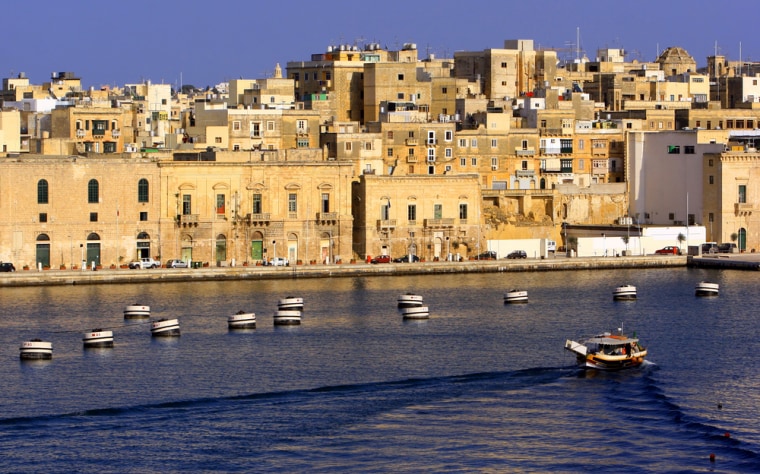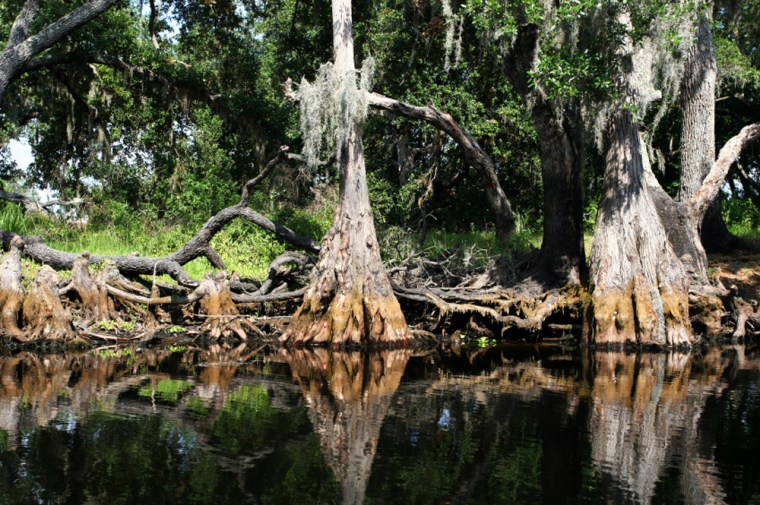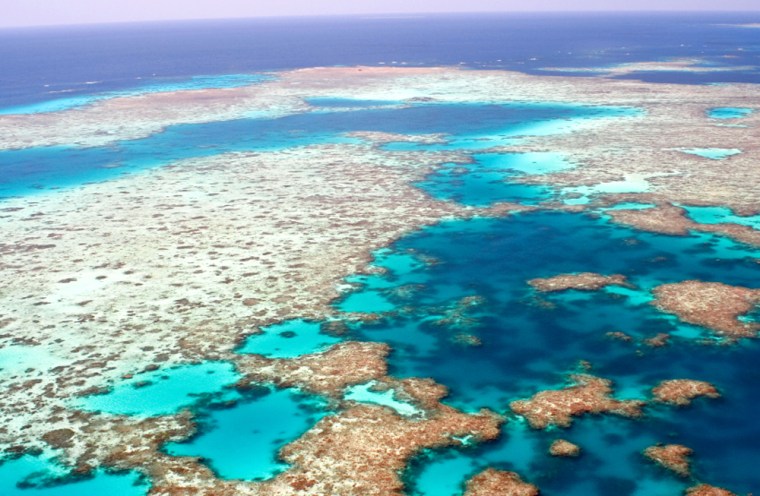Flash floods. Mega-hurricanes. Forest fires. Malaria. Droughts. It’s not a list of plagues—just the future of tourism, seen through the prism of global warming.
Right now, a trip to Goa, a ski vacation in the Eastern Alps, or a snorkeling trip along Australia’s Great Barrier Reef are dream vacations for many. But in as soon as two to three decades, they could be nightmares. Given rising sea and air temperatures, tourists may be met with underwater beaches, patchy snow, and a not-so-great barrier reef dotted with corals that have been bleached white.
The countries most imperiled by looming climate change disasters include China, India, Egypt, the United States and Thailand. According to the Worldwatch Institute, of the 33 cities predicted to have at least eight million residents by 2015, some 21 coastal cities will certainly have to contend with sea rise impacts, however severe they may be. Sea levels have already been rising by 11 inches per century and are likely to rise another 22 inches, according to Worldwatch, by 2100. Greenland alone contains enough frozen water to raise sea level by about 23 feet, and there is significant evidence that it is losing ice mass. "The chances of all it melting are slim," says John Young, a consultant on global environmental issues, "but we can't rule out the possibility of very significant melting." So it may not just be bye-bye to parts of Bangkok, but adieu to bits of Boston, many of Malibu’s glamour spots and sections of lower Manhattan, too.
An exaggeration? Maybe. But global warming—the rise in air and sea temperatures near the surface of the earth, linked to an increased presence of “greenhouse” gases like carbon dioxide and methane in the atmosphere—is forecast to raise the Earth’s surface temperatures by as much as 6.4 degrees Celsius (11.5 degrees Fahrenheit) by 2100, according to the Intergovernmental Panel on Climate Change. By comparison, the rise over the 20th century was about 0.6 degrees Celsius (1.08 degrees Fahrenheit).
Global warming is expected to have varied effects, depending on location. Whether you’re happy with those effects depends on your point of view. Farmers in Greenland might be pleased, because as those glaciers are receding the growing season is extending. But tourists who regularly ski on Alpine glaciers are probably less than thrilled to know that some global warming forecasts predict a large chunk of those glaciers will have melted by 2050.
For some low lying islands surrounded by warming oceans, the risk is that as temperatures rise the water will expand—enough to submerge what had previously been dry land. According to a 2006 report from Britain’s Centre for Future Studies entitled “Places to visit by 2020,” prime examples of top tourist destinations at risk of this are the Maldives, where many of the islands are less than one meter above sea-level, as well as Goa. As far as cities go, Young, who is also a former senior researcher at Worldwatch, says that "New Orleans is in the most danger." But he adds that "wealthy cities such as Hamburg, London, Miami and New York City would all be seriously threatened by a meter of sea-level rise."

In the U.S., Florida’s beaches and Everglades are at a particularly high risk from rising sea levels, as well as North Carolina's Outer Banks. In other places the main problem posed by rising ocean temperatures will be its adverse consequences for corals and the host of other sea life they support. In Australia’s Great Barrier Reef, for example, rising temperatures could kill off the algae that live within the corals, causing them to bleach out and ultimately die. A similar fate could be in store for the coral reefs around Japan’s Okinawa Islands.
On the other hand, because global warming is causing air temperatures to rise—leading to hotter, drier summers in some places—there are extremely shallow bodies of water that will be at heightened risk of shrinking through evaporation. Lake Balaton in Hungary — with an average depth of two to three meters (6.6 to 9.8 feet) — could be at risk of sharply reduced water levels, which could lead to higher concentrations of pollution and, according to the Centre for Future Studies report, “discourage water sports.”

Drought is another side effect of hotter, drier summers, and places like southern Spain, Malta and Crete will have to prepare for water shortages in the years to come. Then there are the popular tourist destinations that will simply get too hot for most folks to handle. Athens is at the top of this unenviable list. “Athens will become decidedly uncomfortable” by 2020, with summer temperatures soaring above 40 degrees Celsius (104 degrees Fahrenheit) and smog an issue, the Centre for Future Studies says.
But it isn’t just warm areas that will be affected when the heat gets turned up. Rising temperatures are already causing trouble in some of the world’s most popular ski resorts, located in Europe’s Alps. One of the more memorable 2006 news wire service headlines said it all: “Winter Cancelled in Europe.” With temperatures rising, snow cover has been diminishing at lower altitudes and glaciers have been receding at higher ones. According to a 2007 report published by the Organization for Economic Cooperation and Development (OECD), the years 1994, 2002 and 2003 were the warmest on record in the Alps in the past 500 years. Among the most vulnerable areas: low-altitude ski-resorts, notably in the Eastern Alps, such as Kitzbühel in Austria. There are now 609 naturally “snow-reliable” Alpine resorts in Europe, according to the OECD. But with a mere one degree Celsius (1.8 degree Fahrenheit) rise in temperature, that would drop to 500 and to 404 with a two degree Celsius (3.6 degree Fahrenheit) rise.
Ski resorts have already responded—they aren’t waiting around to see what happens in a few decades. One measure is stepping up snowmaking capacity. At Kitzbühel, this winter season is the first the famed Tyrolean resort has installed complete snowmaking cover to guarantee conditions for the annual ski safari, in which skiers ski from summit to summit, says Chips Lindenmeyr of Lindenmeyr travel in New York. “Kitzbühel always promoted the ski safari. Now they can promote it with more security,” she says.
In warmer climates, many local authorities are trying to put plans in place to slow down beach erosion, manage the expansion of arid, desert-like terrain or build up water stores in preparation for inevitable shortages. And of course, numerous governments have agreed to reduce emissions of the so-called greenhouse gases. Still, it’s not yet clear to what extent such steps will minimize the impact of global warming. Just in case, travelers eager to see specific sites—without finding them underwater, unbearably hot or unrecognizable—might want to go sooner rather than later.
